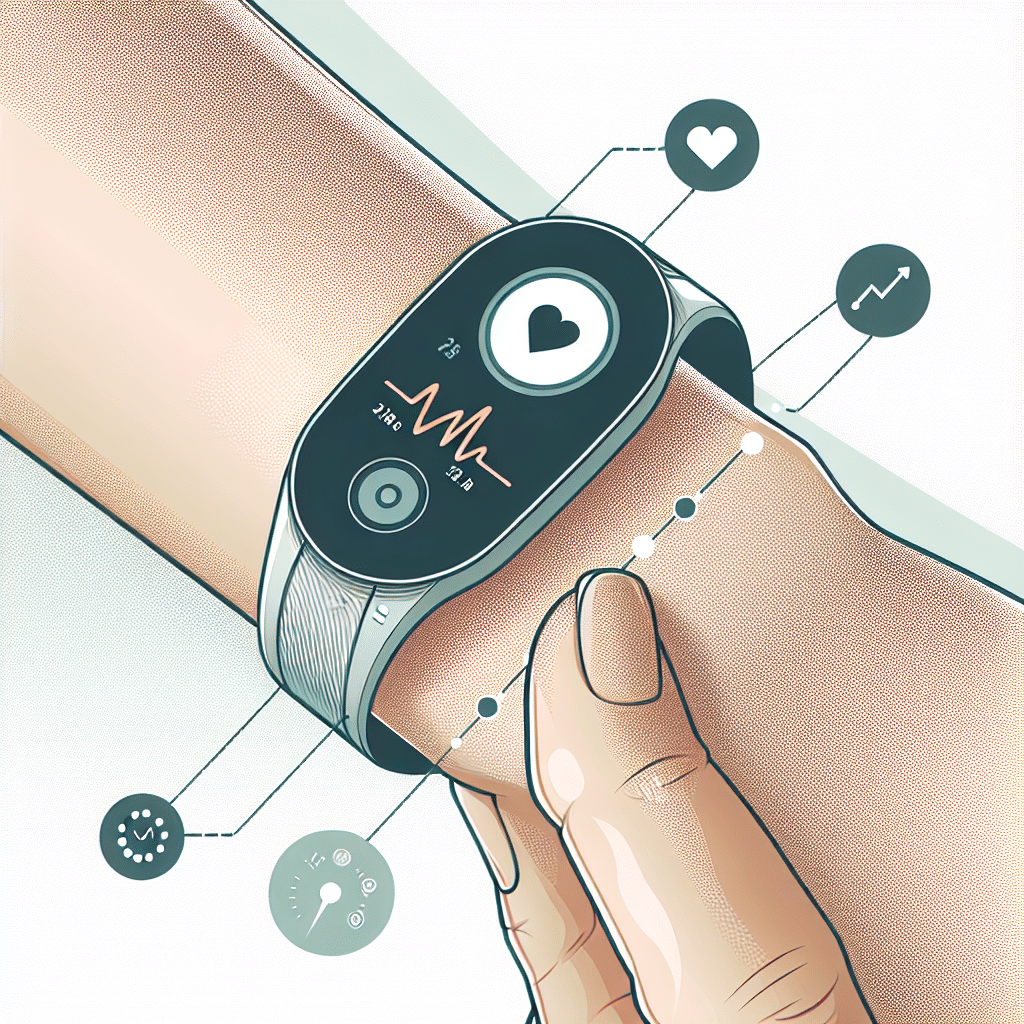What Are Heart Monitors with Calorie Tracking?
Heart monitors equipped with calorie tracking capabilities are essential wearables that track your heart rate and provide real-time data on calorie expenditure during various activities. These devices appeal to fitness enthusiasts and anyone looking to manage their weight effectively.
How Heart Monitors Work
These devices utilize photoplethysmography (PPG) technology, which involves shining a light into the skin to measure blood flow. When your heart beats, the blood vessels expand and contract, changing the amount of light that reflects back. This data is then processed to provide a continuous readout of your heart rate.
Additionally, many heart monitors employ accelerometers, sensors that detect movement and consider it in calorie calculations. By combining heart rate data with activity levels, these monitors can more accurately tailor calorie tracking specific to an individual’s body composition and activity intensity.
Types of Heart Monitors
-
Chest Strap Monitors: These offer high precision and are often favored by serious athletes. They strap around the chest and send data to a smartwatch or fitness app via Bluetooth.
-
Wrist-Worn Monitors: These are more convenient and can double as standard watches. They are popular among everyday users and provide a balance between comfort and functionality.
-
Smartwatches: Many smartwatches integrate heart rate monitoring and calorie tracking, adding additional features like GPS and notifications.
-
Fitness Trackers: Slimmer than smartwatches, these devices focus primarily on fitness tracking and include essential heart rate and calorie tracking functionalities.
Key Features to Look For
When considering a heart monitor with calorie tracking, several features are crucial:
-
Accuracy: Look for devices with validated heart rate algorithms and user reviews, emphasizing accuracy.
-
Calorie Calculation Methods: Different devices may use varied algorithms that factor in weight, age, gender, and activity level for calorie estimation.
-
Battery Life: A long battery life is essential, especially if it’s worn continuously for extended periods.
-
Connectivity: Devices should easily sync with other health apps or smartphones for seamless data tracking.
-
Comfort: Ensure that the monitor is comfortable for prolonged wear, particularly during workouts.
Benefits of Calorie Tracking with Heart Monitors
-
Enhanced Weight Management: By monitoring calories burned during workouts, users can create a better understanding of daily caloric needs and weight loss strategies.
-
Improved Fitness Measurement: Users can see how their fitness level changes over time based on their heart rate and calorie expenditure.
-
Motivation: Tracking progress can motivate users to stay committed to their fitness goals by visually showing improvements.
-
Personalization: With accurate data, individuals can tailor their diets and workout regimens to better meet their health goals.
Calorie Tracking Algorithms
Calorie expenditure is estimated using assorted algorithms that consider your heart rate, along with personal data such as:
-
Basal Metabolic Rate (BMR): The total number of calories your body requires at rest.
-
Heart Rate Reserve (HRR): The difference between resting heart rate and maximum heart rate, which varies by fitness level.
-
Activity Level: This accounts for the intensity and duration of your workouts. Higher intensity workouts typically yield more calories burned.
Popular Heart Monitors with Calorie Tracking
-
Garmin Forerunner Series: Known for their GPS features, these devices provide accurate heart rate and calorie tracking for runners.
-
Polar H10: Renowned for its chest strap precision, it offers heart rate and calorie tracking with powerful app integration.
-
Fitbit Charge Series: This wrist-worn tracker is user-friendly and integrates seamlessly with the Fitbit app for comprehensive tracking.
-
Apple Watch: Offers advanced features, including comprehensive heart rate monitoring and integrated calorie tracking that syncs with numerous health apps.
User Tips for Maximizing Effectiveness
-
Wear it During Workouts: Ensure your heart monitor is worn correctly to get the most accurate readings, especially during intense physical activity.
-
Adjust Personal Information: Regularly update your age, weight, and activity levels in the companion app for the most precise calorie calculations.
-
Combine with Diet Tracking: Consider using a food diary alongside your heart monitor to maintain a comprehensive overview of your caloric intake versus expenditure.
-
Consider GPS Features: If you run or cycle outdoors, utilize GPS tracking for more precise calorie tracking based on distance and elevation.
Privacy and Data Management
While using heart monitors, be aware of privacy settings concerning health data. Most devices come with settings that allow you to control what information is shared and stored. Always read the privacy policy to understand how your data will be used.
Future Trends in Heart Monitoring Technology
The future of heart monitoring technology seems promising, with advancements aiming at improving accuracy and user experience. Emerging wearable designs may incorporate advanced biometrics and AI algorithms to provide deeper insights into personal health trends. Additionally, innovation in telemedicine may enhance how data is shared with healthcare providers, allowing for more tailored health interventions.
Conclusion
Heart monitors with calorie tracking functionalities are transforming the way individuals approach fitness and weight management. By leveraging technology, they offer detailed, real-time insights into heart health and calorie expenditure, empowering users to make informed decisions for their well-being. As technology continues to evolve, the accuracy and features of these devices will likely improve, fundamentally enhancing personal healthcare management.
